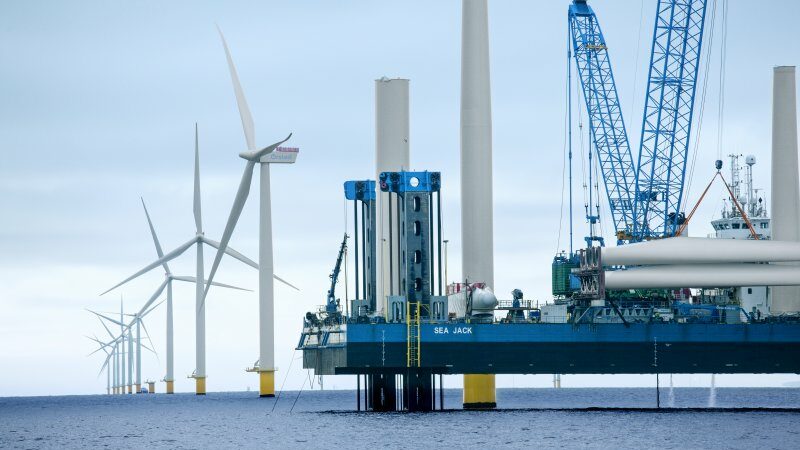By AFP
A senior member of the International Olympic Committee on Wednesday swatted aside suggestions China should be challenged over its human rights record ahead of the Beijing Winter Games.
When asked about the treatment of the Uyghur minority in China, IOC Vice President John Coates said the body has no mandate to act.
“We are not a world government. We have to respect the sovereignty of the countries who are hosting the games,” Coates told an event in his native Australia.
Rights groups believe at least one million Uyghurs and members of other mostly Muslim minorities have been incarcerated in the northwestern Xinjiang region, and Beijing has also been accused of squeezing human rights in Hong Kong.
“We have no ability to go into a country and tell them what to do… it’s not our remit.”
The IOC and its members choose who hosts the Games and help run the event.
The body styles itself as the “guardian” of the Olympics and vows to “build a better world through sport”.
The Beijing Winter Olympics take place next February, but there have been calls for sponsors and others to boycott them or to find a way to protest the state of human rights in China.
The United States Congress has grilled five major sponsors — including Visa and Airbnb — accusing them of supporting the alleged genocide of Muslim minorities in Xinjiang.
In response, Beijing has accused US politicians of “politicising sports” and of slandering China.
China has been ruled by the Communist Party since 1949 and has hosted the Olympics once before — the 2008 Beijing Summer Games.
That event was widely viewed as a showcase for China’s growing wealth and status as a rising power.
This time around, foreign fans will be banned due to coronavirus restrictions and the Winter Games will take place after several crackdowns — including in Hong Kong — designed to consolidate President Xi Jinping’s power.










